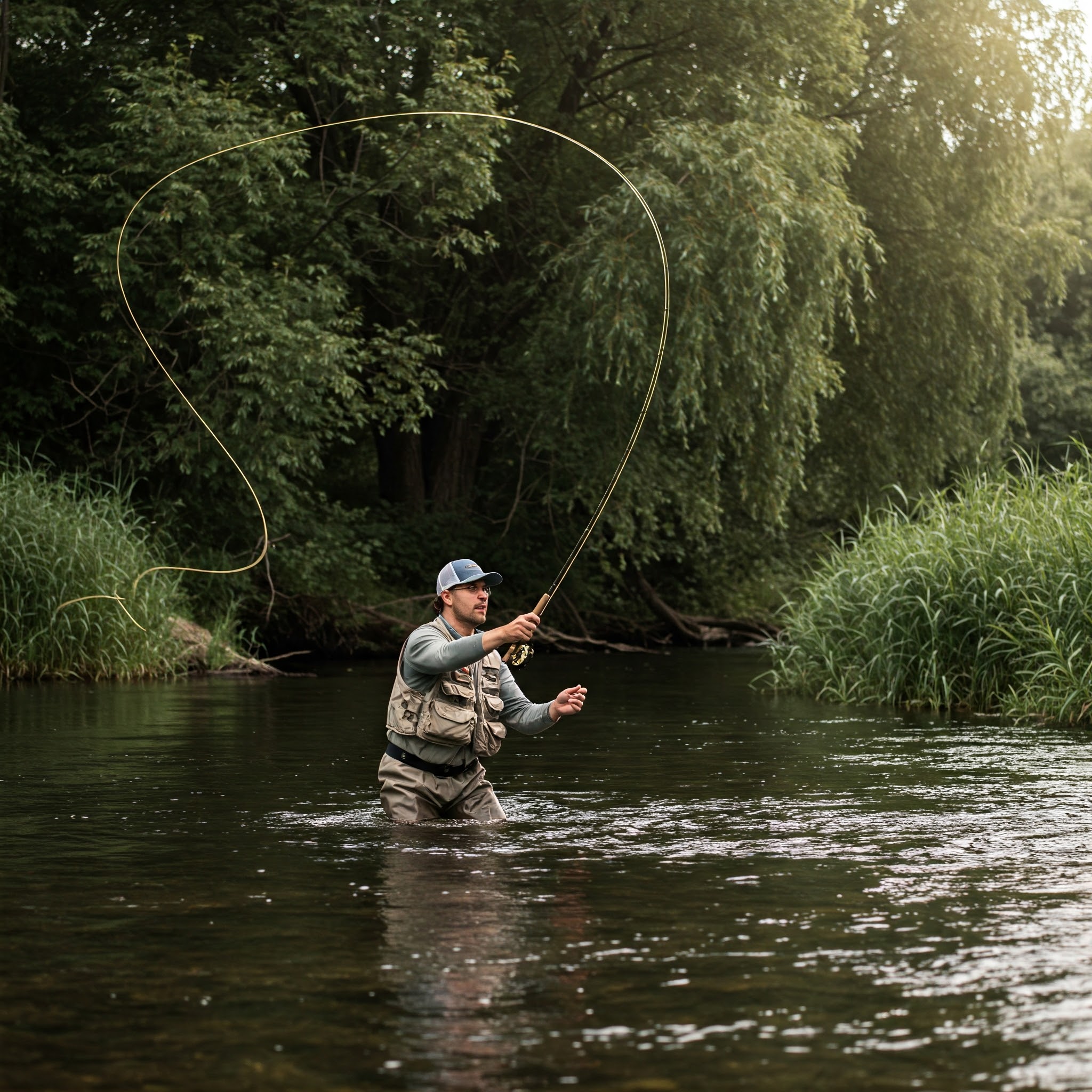Get Ready, NJ Anglers! Trout Season Opens April 5th!

April 1, 2025
The wait is almost over! New Jersey's highly anticipated trout season officially kicks off this Saturday, April 5th, and we know you're itching to hit the water. Here at AnglerRank, we're just as excited as you are for the thrill of the tug and the flash of those beautiful rainbows, browns, and brookies. To help you make the most of opening day and the weeks to come, we've compiled some essential information to get you geared up for success.
Prime Locations to Cast Your Line:
New Jersey boasts a fantastic array of trout-stocked waters, offering diverse fishing experiences. Here are a few popular spots to consider:
-
North Jersey: The Pequest River is a classic choice, known for its consistent stocking and beautiful scenery. The Musconetcong River also offers excellent opportunities, particularly in its upper reaches. Don't forget about smaller streams like the Paulinskill River and the numerous lakes and ponds stocked throughout the region.
-
Central Jersey: The South Branch of the Raritan River is a gem, offering both stocked and wild trout populations. Big Flat Brook in Stokes State Forest is another excellent option for a more secluded experience.
-
South Jersey: While often overlooked, South Jersey has its share of trout waters, including Lake Lenape in Mays Landing and various smaller streams and ponds that receive stockings.
Keep an Eye on Water Levels:
Before you head out, it's crucial to check the water levels of your chosen fishing spot. Optimal water levels are key for trout activity and your safety. You can usually find this information on the websites of the United States Geological Survey (USGS) or the New Jersey Department of Environmental Protection (NJDEP). Look for streamflow data – slightly higher but clear water is often ideal, while very low or heavily flooded conditions can make fishing tough.
Understanding Trout Feeding Patterns:
Trout are opportunistic feeders, and their diet varies depending on the time of year and available food sources. In the early season, as water temperatures are still cool, they tend to be less active during the coldest parts of the day. As the water warms slightly, their metabolism increases, and they become more inclined to feed.
Look for signs of insect hatches, which can trigger feeding frenzies. Mayflies, caddisflies, and stoneflies are common aquatic insects that trout love. Also, keep an eye out for minnows and other small forage fish.
Timing is Everything: Major and Minor Feeding Periods:
While trout can feed throughout the day, there are typically periods of increased activity:
-
Major Feeding Periods: These generally occur around dawn and dusk. The low light conditions make it easier for trout to ambush prey and offer some protection from predators.
-
Minor Feeding Periods: These can happen at various times throughout the day, often triggered by changes in weather, such as a passing cloud or a slight increase in water temperature. Observing insect activity can also indicate a potential minor feeding window.
What to Tie On: Top Lures and Flies for Early Season Trout:
Having the right artificial lures and flies can significantly increase your chances of landing a trout. Here are some recommendations for the early season in New Jersey:
Artificial Lures:
-
Small Spoons: Gold or silver spoons in sizes 1/8 to 1/4 ounce are classic trout catchers. Try brands like Kastmaster or Little Cleo.
-
Spinners: Inline spinners like Mepps or Panther Martin in sizes 0 or 1 with silver, gold, or black blades can be very effective.
-
Soft Plastics: Small (2-3 inch) worms, grubs, or minnow imitations in natural colors like brown, green, or white can be irresistible to trout, especially when fished slowly on a jig head.
-
Crankbaits: Small, shallow-diving crankbaits that mimic minnows can be productive, especially in slightly warmer water.
Flies:
-
Nymphs: These subsurface flies imitate the larval stage of aquatic insects. Try patterns like the Pheasant Tail Nymph, Hare's Ear Nymph, or Copper John in sizes 14-18.
-
Streamers: These flies imitate small fish and can be very effective in moving water. Woolly Buggers, Muddler Minnows, and Zonkers in sizes 8-12 are good starting points.
-
Dry Flies: As insect hatches begin to occur, having a selection of dry flies is essential. Early season hatches might include Blue-Winged Olives (BWOs) or early stoneflies. Carry patterns like the Adams, Parachute Adams, or Elk Hair Caddis in sizes 14-18.
Share Your Success on AnglerRank!
We want to see your opening day catches! Once you've landed that beautiful trout, be sure to head over to AnglerRank.com and upload your photo! Share your story, the location, and what you caught it on. Let's celebrate the start of another fantastic trout season together and see who's topping the leaderboards!
Tight lines, and we'll see you on the water!